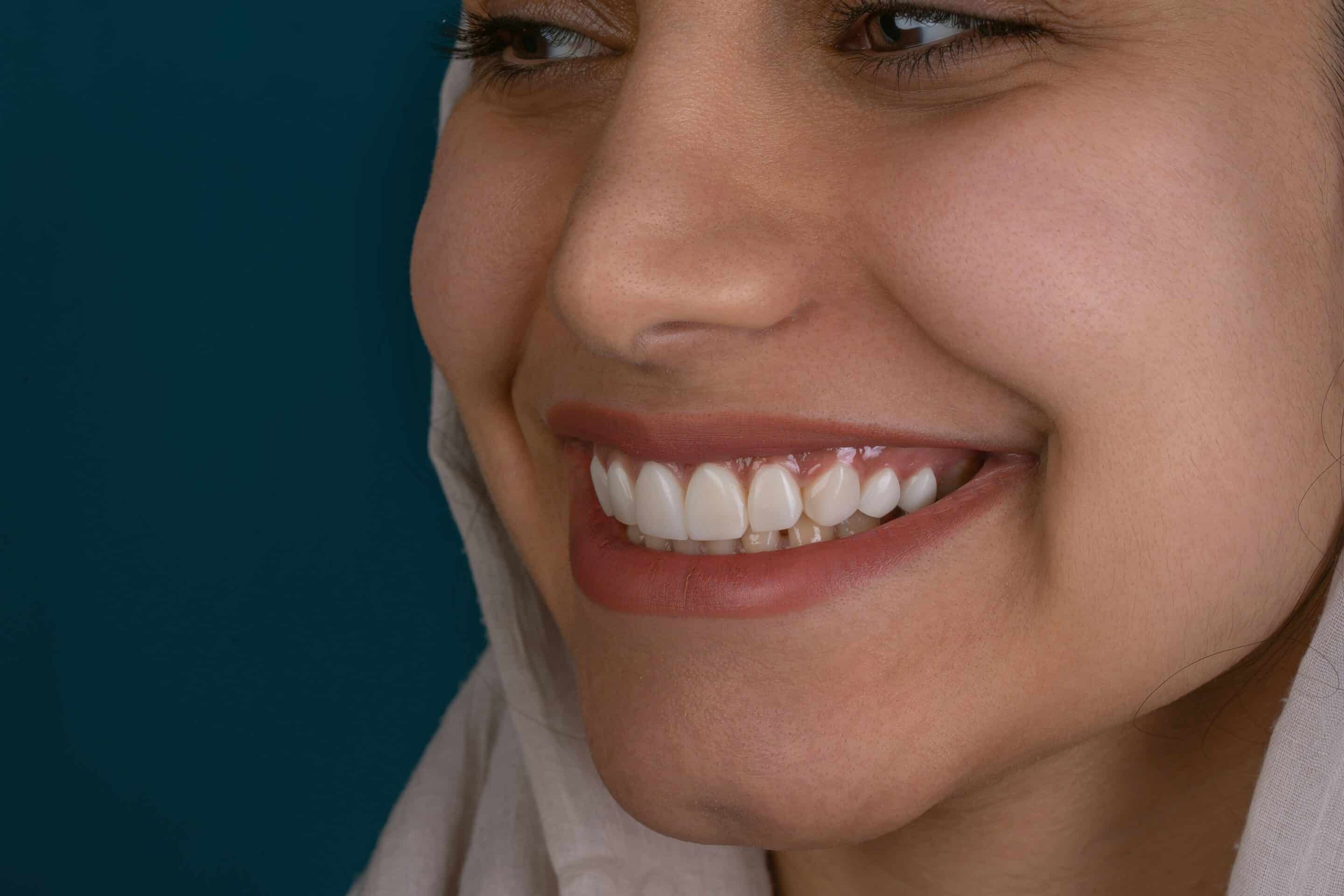
The most exciting advances in dental health don’t involve drilling, fillings, or anything synthetic. Rather, they harness nature’s—and your own body’s—ability to heal. Our bodies really are remarkable. For those of us looking for gentler, more innovative approaches to oral care, platelet-rich fibrin is an intriguing innovation. This simple yet powerful therapy uses your own blood.
The most exciting advances in dental health don’t involve drilling, fillings, or anything synthetic. Rather, they harness nature’s—and your own body’s—ability to heal. Our bodies really are remarkable. For those of us looking for gentler, more innovative approaches to oral care, platelet-rich fibrin is an intriguing innovation. This simple yet powerful therapy uses your own blood.
What Exactly Is Platelet-Rich Fibrin?
Your first questions are probably: what is this procedure? And how does it work? After all, platelet-rich fibrin sounds like science speak. The process, though, is fairly straightforward.
It starts by having a small vial of your own blood drawn (similar to a routine blood test). The blood is then taken to a special machine, known as a centrifuge. This machine takes the blood and spins it to separate out a layer that’s rich in platelets, white blood cells, and, of course, fibrin (a protein). While early techniques like PRP (platelet-rich plasma) required additives to activate it, that’s no longer necessary.
The end gel-like material is packed with your body’s own growth factors and healing cells. Your dental team can then use it during procedures to help promote the body’s own natural healing process. In short, PRF is a personalized healing booster. No chemicals or additives required. Just your body doing its thing—healing you—with fewer risks.
Platelet-Rich Fibrin and Dental Procedures
Not only is the idea of a material made by our own bodies a fascinating concept, but research has also found it helps your gums heal and regenerate by acting as a natural scaffold to support new tissue growth. When applied during periodontal procedures, such as deep cleaning, gum surgery, implant prep, and extraction, it releases a cascade of healing proteins (i.e., growth factors) over the next several days. These proteins then help decrease inflammation, encourage the formation of new blood vessels, and stimulate the body to rebuild tissue, including bone.
It only makes sense that folks fighting gum disease, dealing with bone loss, or recovering from intense procedures like gum grafts or extractions experience a profound difference in their healing with PRF. Indeed, recent studies have confirmed that PRF can significantly improve outcomes by promoting faster healing, reducing pain, improving tissue attachment, managing bleeding, and enhancing bone fill or regeneration. All by giving the body the building blocks it needs to repair damage naturally.
Best of all, since it’s from your own blood, your body knows exactly how to use it. And there’s virtually no risk of an allergic reaction or rejection. In addition, because of its high concentration of white blood cells, it also helps prevent infections.
Different Types of Platelet-Rich Fibrin
PRF procedures have evolved quite a bit since their introduction. Several types are now available to your dental provider, who can then tailor them to your specific needs. Yes, they all come from your own blood. But the way they’re processed determines how they’re used.
For example, L-PRF (or Leukocyte- and Platelet-Rich Fibrin) is the OG version. Rich in white blood cells (i.e., leukocytes) and platelets, this material is beneficial for fighting infections and promoting healing. It’s often used as a membrane or plug to support tissue repair.
A-PRF (or Advanced Platelet-Rich Fibrin), on the other hand, spins the blood at a slower speed, allowing the healing cells to stay suspended in the fibrin matrix. Thus, this can lead to more growth factors and better regenerative potential overall.
The final procedure is a liquid form that can be injected or mixed with other materials (such as bone grafts) to form what’s sometimes called “sticky bone.” I-PRF (injectable Platelet-Rich Fibrin), as it’s called, can be especially helpful when dealing with implant procedures and bone regeneration.
Each version of platelet-rich fibrin has slightly different benefits. That said, the goal is almost always the same: to create a more healing-friendly environment using your own body’s resources.
Who Can Benefit from PRF?
Because PRF is minimally invasive and natural, it’s a great option for many people seeking to support healing and promote positive outcomes. Some of the most common uses include:
- Treatment of gum disease, including moderate to severe periodontal disease, to help regenerate lost tissue and improve gum attachment after scaling, root planing, or surgery.
- For patients going through tooth extractions, PRF can be placed into the socket after the tooth is removed to help decrease pain, protect the area, and promote healing. It’s especially helpful for those who are planning to get a dental implant.
- Speaking of which, PRF can be used to prepare the site, protect the dental implant, and encourage the growth of both bone and soft tissue. This can all help improve the chances of long-term success of the procedure.
- Finally, some dentists use PRF to replace or enhance traditional tissue grafts for gum grafts or recession repair.
Because PRF is made using your own blood, it’s typically well-tolerated and is appealing for anyone who wants to promote recovery without the use (or with minimal use) of medications or synthetic materials.
How PRF Compares to Other Options and Where to Find It
While there are many good reasons why PRF has been gaining attention in dentistry, it’s not the only option. And it may not always be the best one.
Other traditional treatments, such as deep cleanings, synthetic membranes, or tissue grafts, are also available. Yes, PRF tends to be the most natural approach, and it’s often gentler as well. Because it’s less invasive and more comfortable, some dentists are even using it instead of, for instance, connective tissue grafts to treat gum recession.
That said, it isn’t magic. And because PRF is made from your own blood, results can vary. And its effectiveness often depends on your overall health and the quality of your blood sample. It’s also not the best option if a large amount of tissue needs to be rebuilt, such as, in cases of severe gum recession.
It’s also important to work with an experienced provider who’s trained in PRF preparation and application. And not every dental office is equipped with a centrifuge to create PRF.
Fortunately, more dental professionals are embracing PRF, so it’s becoming more available.
Platelet-Rich Fibrin: A Natural Way to Support Healing and Gum Health
If you’re seeking a safe, effective, and increasingly available treatment option to help treat gum disease, prepare for dental implants, or promote recovery after various procedures, platelet-rich fibrin is worth considering. It could give your healing process a nice boost, and you might be surprised how much your own body can help you heal.
If you are curious about PRF and if it’s right for you or your treatment plan, the best place to start is with a chat with your dental team.
